Common faults of automobile sensors and their detection methods?(2)
 Camshaft Position Sensor
Camshaft Position Sensor
 Camshaft Position Sensor Position
Camshaft Position Sensor Position
Camshaft position sensor is generally installed in the front or rear end of the camshaft. Special detection of a cylinder top dead center position.
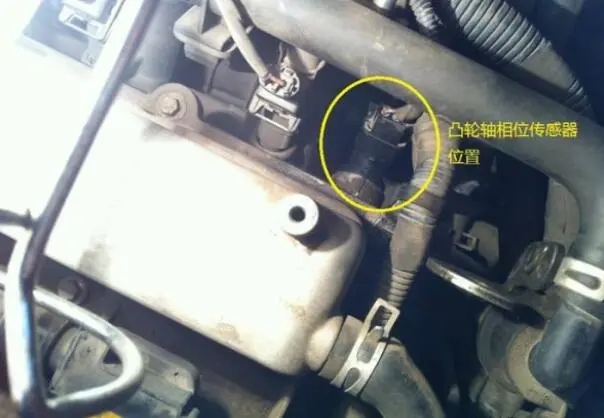
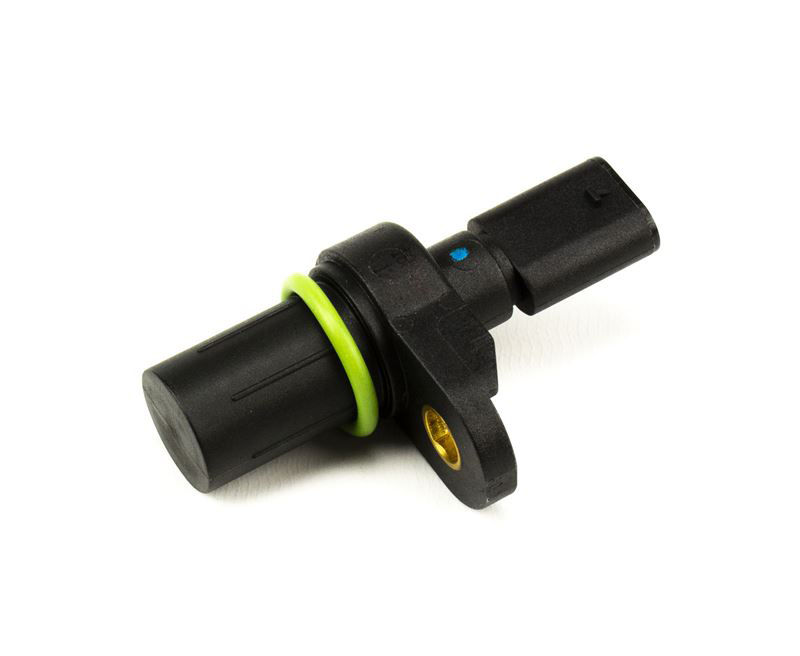
 Camshaft Position Sensor Fault Performance
Camshaft Position Sensor Fault Performance
Once the fault occurs, the car jitter is serious, the acceleration is weak, the car can not run, there will be high fuel consumption, excessive exhaust emissions, exhaust pipe smoke and other situations.
 Camshaft Position Sensor Detection Method
Camshaft Position Sensor Detection Method
Method One:
Check coil resistance. First, disconnect the ignition switch and check whether the resistance value of each port meets the standard value with the resistance range of the multimeter. If not, replace the sensor assembly.
Method Two:
Check the signal voltage. Switch the multimeter to voltage, and then put it on terminal 1 and terminal 3 of the sensor. When the engine starts, the voltage should be in the range of 0.2V to 1.2V, and when the engine is spinning rapidly, the voltage should be in the range of 1.8V to 2.5V.
Method Three:
Check the synchronization signal circuit. First open the inside of the sensor connector, switch the ignition switch to the ON state, and then began to check the sensor terminal A and the voltage between C, the normal voltage value should be 8 v, when the engine began to turn, need to check the sensor voltage between terminal and terminal C B, alternating voltage should be between 5 v and OV.
 Practical Rhymes
Practical Rhymes

 Heating Type Oxygen Sensor
Heating Type Oxygen Sensor
 Position Of Heated Oxygen Sensor
Position Of Heated Oxygen Sensor
The heated oxygen sensor is usually located on the exhaust pipe of the engine. The alarm can be issued when the ternary catalysis is abnormally hot to prevent high temperature from causing faults.
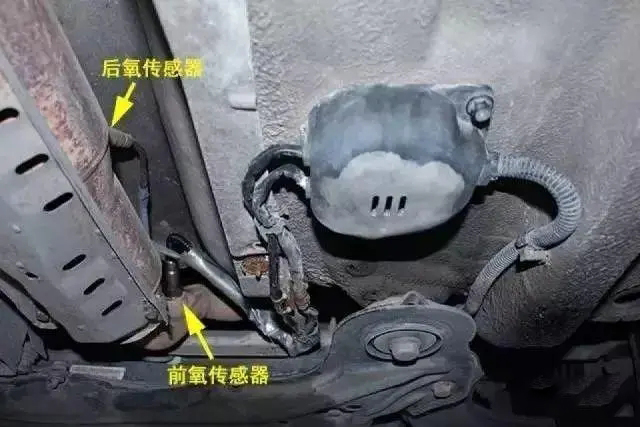
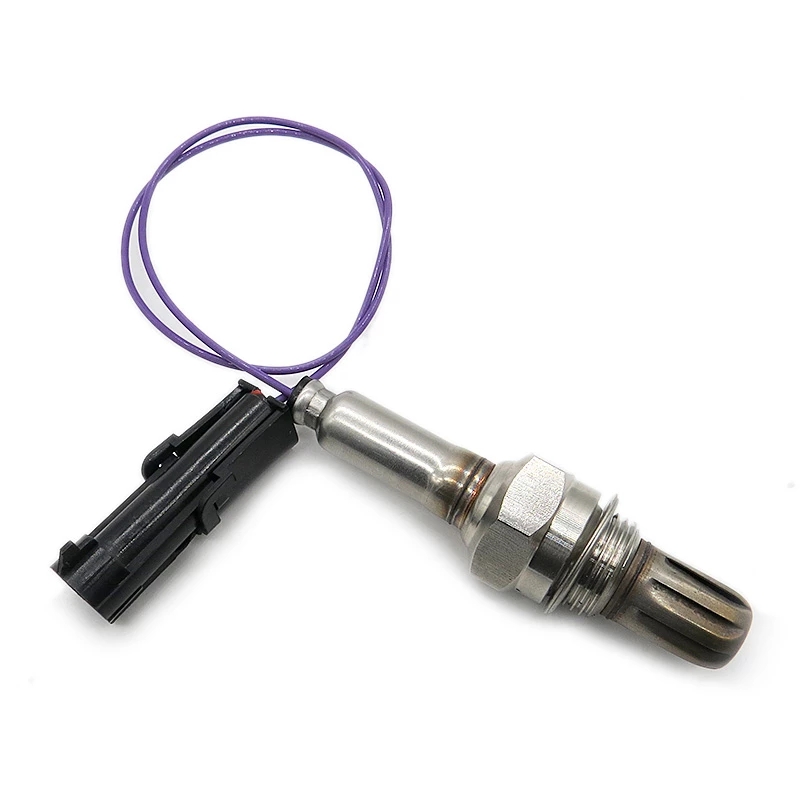
 Failure Performance Of Heated Oxygen Sensor
Failure Performance Of Heated Oxygen Sensor
Once The Failure, The Ecu Cannot Know Whether The Amount Of Gasoline Injected Is Correct, Resulting In The Mixer Concentration Is Too Thick Or Too Thin, Resulting In Inadequate Combustion, Reduced Engine Power, Increased Emissions Pollution.
 Test Method For Heating Type Oxygen Sensor
Test Method For Heating Type Oxygen Sensor
Method One:
Appearance check. Remove the sensor from the exhaust pipe, check whether the vent hole on its shell is blocked, whether the porcelain core is broken, if damaged, it should be replaced.
Method Two:
Inspection of heating resistance. Use a multimeter to measure the resistance between the two terminals of the heater in the wiring end. The normal electric value should be 4~ 40KΩ, otherwise it should be replaced.
Method Three:
Oxygen sensor feedback voltage check. Remove the plug of the oxygen sensor wire harness and connect the positive test rod of the voltmeter directly with the output end of the feedback voltage of the oxygen sensor. Start the engine and change the mixture concentration by suddenly pressing down or relaxing the accelerator pedal. When the accelerator pedal is suddenly pressed down, the mixture thickens and the feedback voltage should rise. When suddenly relaxed, mixture thinning voltage should drop, otherwise indicates sensor failure, should be replaced.
Note:
High quality unleaded gasoline should be used in the engine, and its life span can reach more than 100,000 km. If leaded gasoline is used, the oxygen sensor will be "poisoned" by lead after a certain mileage.
 Practical Rhymes
Practical Rhymes

 Knock Sensor
Knock Sensor
 Detonation Sensor Position
Detonation Sensor Position
Knock sensors are usually mounted on the cylinder wall of the engine. It is used to detect the abnormal combustion phenomenon in the combustion process of cylinder.
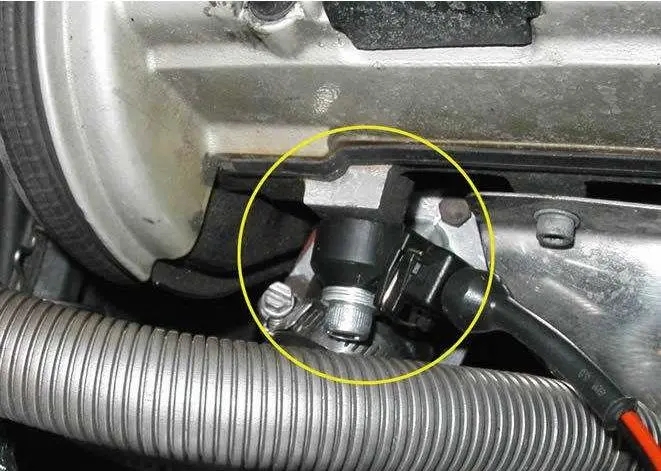
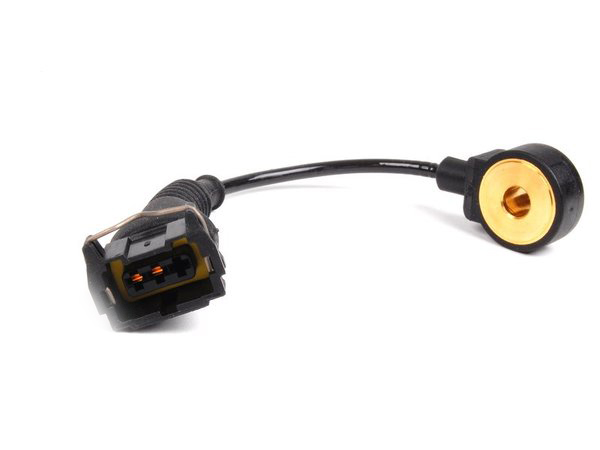
 Knock Sensor Failure Performance
Knock Sensor Failure Performance
But a fault, the engine fault light will light up, there is a "self-protection phenomenon", affecting normal driving.
Detection Method Of Snow Explosion Sensor
Method One:
When the engine is running, connect the sensor wire and slowly increase the speed. At the same time, use the AC voltage range of the multimeter to measure. If the voltage increases, it indicates that the sensor may be faulty.
Method Two:
When the engine is running, connect the sensor wire, gently knock on the intake manifold with a small rubber hammer, and measure the AC voltage of the multimeter at the same time. If the voltage indication value fluctuates, it indicates that the sensor has a fault.
Method Three:
Put the ignition switch in the OFF position, remove the sensor connector 10 seconds later, and then put the ignition switch in the ON position. Use a multimeter to measure the DC voltage between the signal output ON the wiring harness connector and the loop terminal ON the vehicle. Its value should conform to the value specified by the vehicle being repaired, otherwise the line may be faulty.
 Practical Rhymes
Practical Rhymes

We will do a good job in every content,do our best to solve the problem for each customer,Thank you for your reading.




Leave A Comment